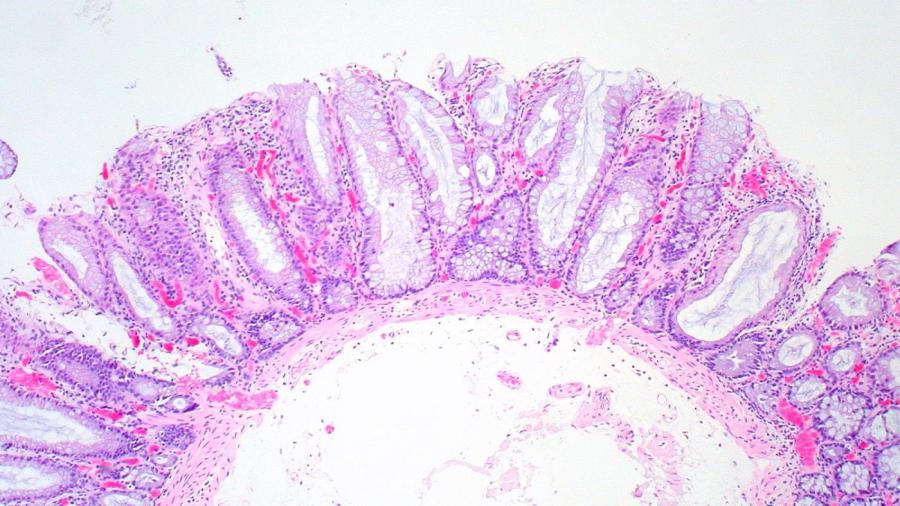What Is the Function of the Transverse Colon?

The transverse colon’s function is to extract water and nutrients from digested foods or materials that pass through the digestive tract. The transverse colon is the longest section of the colon. Its location is across the abdomen, and it forms a connection between the ascending colon and descending colon.
The colon, or large intestine, plays an important part in the digestive system. It is also the final section of this system. The colon consists of different parts that include the cecum, ascending colon, transverse colon, descending colon and sigmoid colon. Ingested material travels from the small intestine to the cecum. As the process of digestion continues, ingested food moves through the ascending colon and into the transverse colon.
Although each section of the colon has its own function, the transverse colon consists of strong muscles that make it the most movable portion of the colon. Once the transverse colon performs its function of extracting water and nutrients from the digested materials, more solid waste materials form (feces). The strong muscles help the transverse colon move or push out this waste to the next section of the colon, which is the descending colon. From this section, the waste material passes from the body through the sigmoid colon, rectum and anus.





